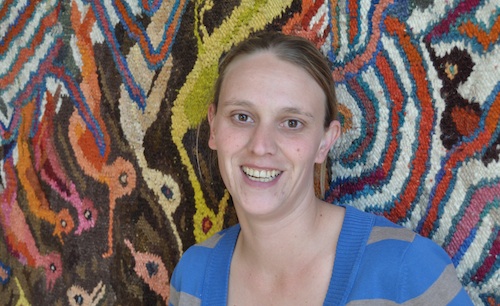
[By Candice Jones]
Three years ago, when the Independent Communications Authority of SA (Icasa) licensed three new pay-TV players, most of us couldn’t wait to see something super.
Four new companies were given a chance to bring new shows to SA’s TV screens. Most importantly, they were supposed to provide competition to the incumbent monopoly, MultiChoice, with its DStv service.
Locals were looking forward to a 21-channel offering from e.Sat, e.tv’s sister station. But it was the first company to bow out of the pay-TV race.
Almost directly after being awarded its licence in 2007, it decided to run a 24-hour news channel on the DStv platform instead.
The move didn’t cause too much consternation because there were still three others that had a chance of tackling the immensity of MultiChoice — On Digital Media, Telkom Media (later Super 5 Media) and Walking on Water Television. However, three years later and only one of the new licensees has managed to get a service off the ground.
On Digital Media took the market by storm with its TopTV offering, launched in May. The company sold 50 000 decoders in the first weekend it launched, and it had to scramble to get more stock and train up more installers to keep up with demand. It now has more than 100 000 customers.
The rush of sales proved competition to DStv was desperately wanted and needed. MultiChoice had to respond with lower prices and more compelling services, including more high-definition channels and even a new bouquet of channels.
But hope for more competition than this is now dwindling. The remaining big contender, Super 5 Media, is coming unstuck.
Super 5 has had something of a troubled start and it hasn’t had an easy run since it was licensed. But it hired some of the most promising talent in SA, both engineering and journalistic skills.
By November 2008, Telkom Media was ready and waiting with a product.
At the time, it made sweeping announcements about technology and infrastructure investments. It had plans to bring services over satellite and the Internet and even to deliver Internet Protocol-based television offerings over digital subscriber lines.
The company was also in discussions with several content providers for entertainment and sports shows that were expected to go live sometime between June and August last year.
It had made more progress than any of the other companies in making a play in the broadcasting space, and would likely have topped the sales targets set by On Digital Media.
But Telkom sold the business last year in a bid to turn its attention back to its core business. The sale was a serious setback for the company, but no one really raised concerns as it had been bought out by a media business, Shenzhen Media SA.
It was renamed Super 5 Media, and its directors had big plans for it. The plan was to go live with a product on 1 June, a month after ODM switched on TopTV.
It was targeting 400 000 subscribers in its first 18 months of operation — 200 000 on satellite and 200 000 receiving television services over cable.
It wanted to be more than a simple broadcaster. “We are more a technology business than a traditional broadcaster,” said director Tian du Pisane at the time. “We think linear broadcasts are boring.”
June came and went with nothing launched and now the directors have gone to ground. Employees have been sent home without pay or have been retrenched and no information can be gleaned from official channels.
It’s such a pity it came to this. It has really taken the shine out of the hopes for another affordable satellite TV option.
The regulator says Super 5 Media has asked for an extension to its licence conditions, which required it to have a service by the middle of the year, so perhaps there is still hope.
But with only a smattering of staff left at the office, it seems a miracle is needed.
- Candice Jones is TechCentral’s deputy editor
- Subscribe to our free daily newsletter
- Follow us on Twitter or on Facebook




